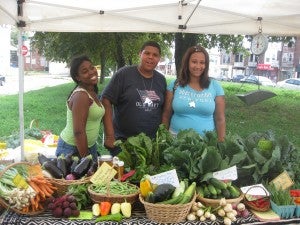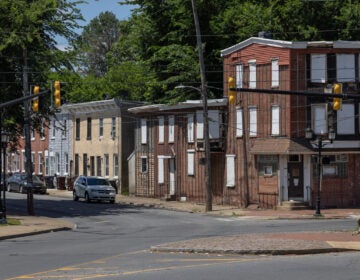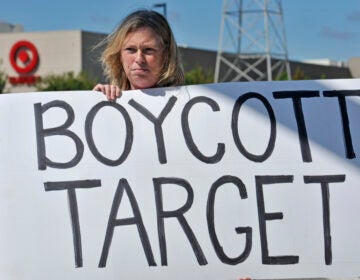Food deserts & the struggle for healthy-food access
Listen

Hour 1
Half of all households with children in Pennsylvania’s First Congressional District can’t always afford to buy enough food, at least nutritious food. A recent national study found this district, which includes Kensington, parts of North and South Philadelphia and Chester, ranked as the second “hungriest” place in the U.S. Before Michelle Obama’s Fresh Food Financing Initiative began in early 2010, Philadelphia had the lowest per-capita rate for access to supermarkets in the U.S. And across the Delaware River, New Jersey has 134 “food deserts” and Delaware has 15. Food deserts are often defined as low-income pockets of big cities that lack access to fresh produce, though there might be an abundance of Slurpees, Big Macs, and fried goods. Ending childhood obesity requires tackling poverty, too, as impoverished areas are less likely to have affordable access to healthy food. To explore the connections between poverty, hunger and food deserts we will talk to the woman who coined the term “food deserts,” MARI GALLAGHER, a leading anti-hunger voice; and the director of Philabundance, BILL CLARK. And we’ll talk to JADE WALKER of Mill Creek Farm, an urban farm in a former food desert in West Philadelphia that is committed to improving local access to fresh produce.
Listen:
[audio: 092311_100630.mp3]
WHYY is your source for fact-based, in-depth journalism and information. As a nonprofit organization, we rely on financial support from readers like you. Please give today.





